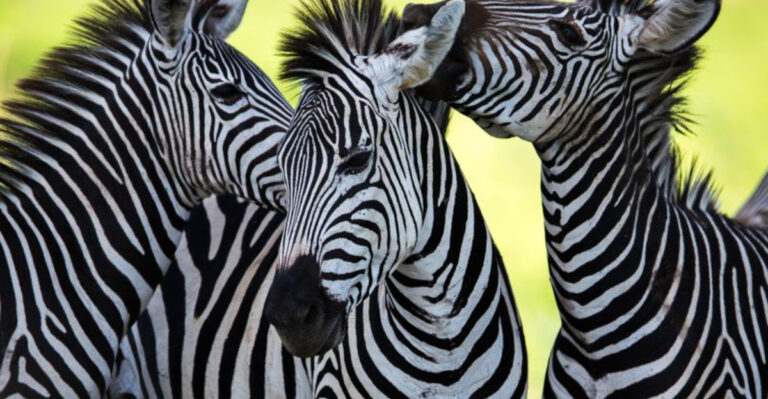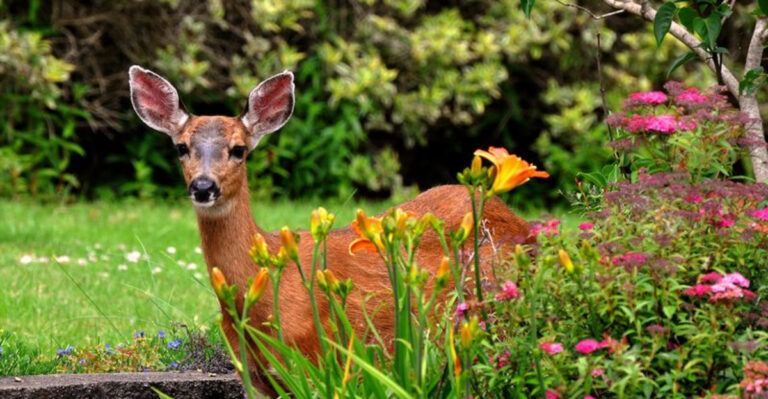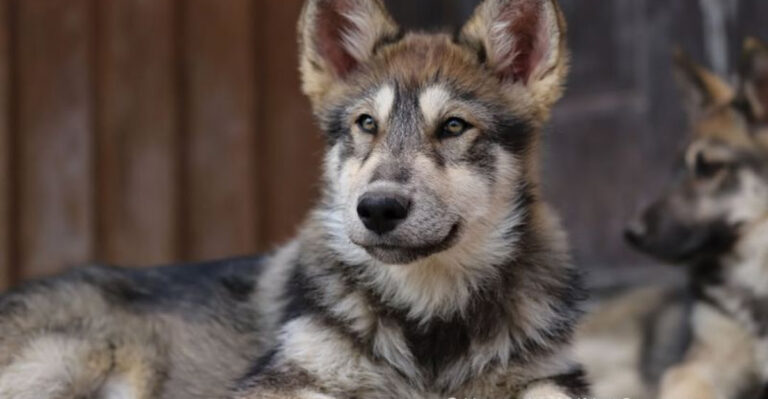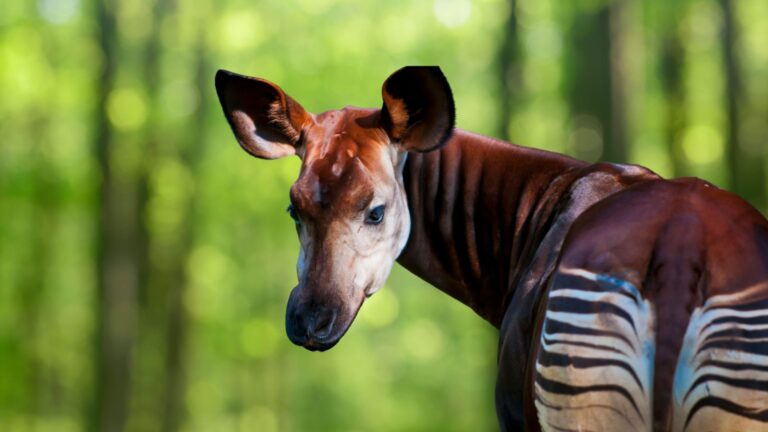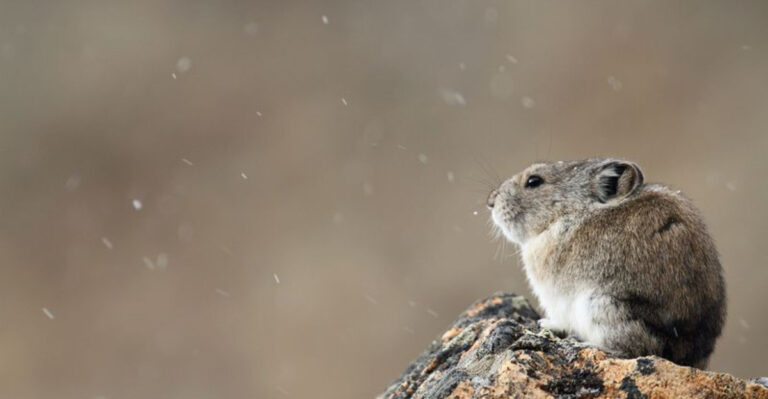11 Most Fearsome Big Cats In The Wild
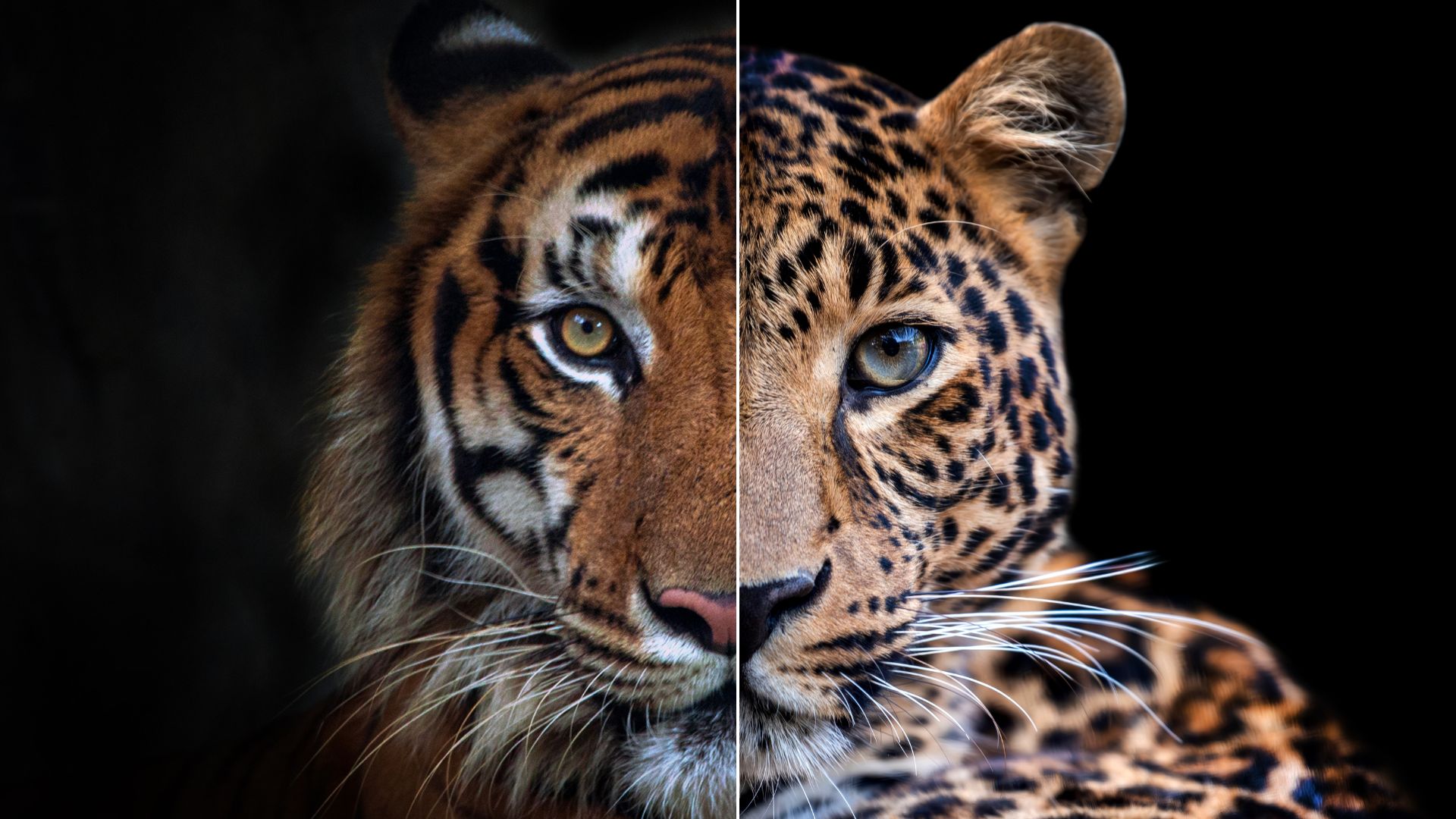
Big cats are nature’s ultimate hunters, combining strength, speed, and skill to rule their habitats. Whether it’s the tiger’s sheer power, the jaguar’s unmatched bite force, or the cheetah’s lightning-fast speed, these felines are built for survival.
Each one has unique abilities that make them formidable in the wild, from stealthy ambush tactics to incredible agility. From dense jungles to vast savannas, these incredible cats command respect wherever they roam.
Let’s take a closer look at the most fearsome big cats and what makes them such dominant predators!
1. Siberian Tiger
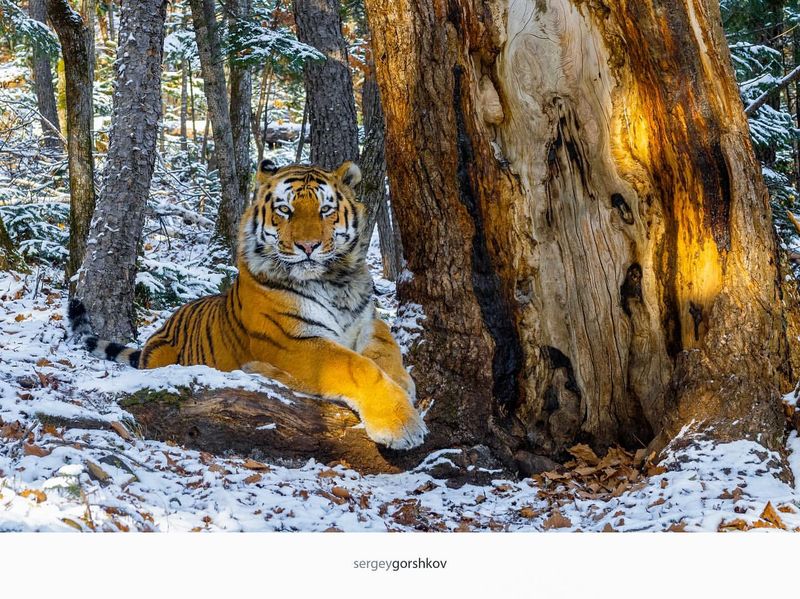
Considered the largest of the big cats, the Siberian Tiger is a force to be reckoned with. Found primarily in the forests of Russia, this majestic feline boasts a powerful build and striking orange and black stripes that make it a sight to behold. With a thick coat that insulates it from harsh Siberian winters, it prowls through the snow with an unmatched grace.
One could say the Siberian Tiger is the heavyweight champion of the feline world, weighing up to 700 pounds. Despite its size, it moves with a silent stealth that belies its bulk. Its diet is as impressive as its stature, feasting on deer and wild boar, using its strength and cunning to hunt with precision.
Apart from its hunting prowess, this tiger is known for its solitary nature, often roaming vast territories in search of prey. Its presence is a symbol of strength and resilience, embodying the harsh but beautiful wilderness it calls home. Protecting this magnificent creature has become a priority for conservationists, as its numbers in the wild have dwindled due to poaching and habitat loss.
2. African Lion
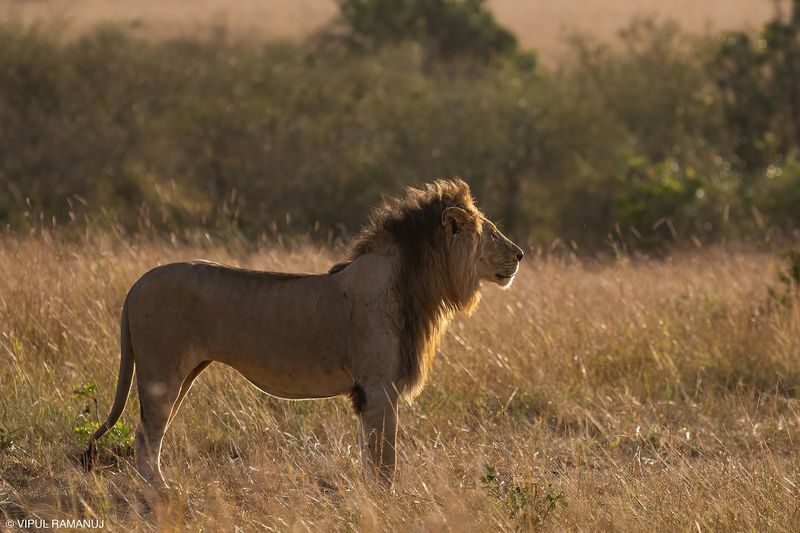
Known as the “King of the Jungle,” the African Lion is a symbol of strength and power. With its majestic mane and regal stance, it commands respect across the animal kingdom. Found in the savannas of Africa, lions live in social groups known as prides, working together to hunt and protect their territory.
The lion’s roar is one of the most recognizable sounds in the wild, echoing across the plains and instilling fear in potential rivals. Despite its fierce reputation, the lion is also known for its playful side, especially among cubs who engage in spirited play to hone their skills.
Lions are apex predators, relying on teamwork to take down large prey such as zebras and buffaloes. Their cooperative hunting strategies are a testament to their intelligence and adaptability. As human activities encroach on their habitats, conservation efforts are crucial to ensure the survival of this iconic species.
3. Jaguar
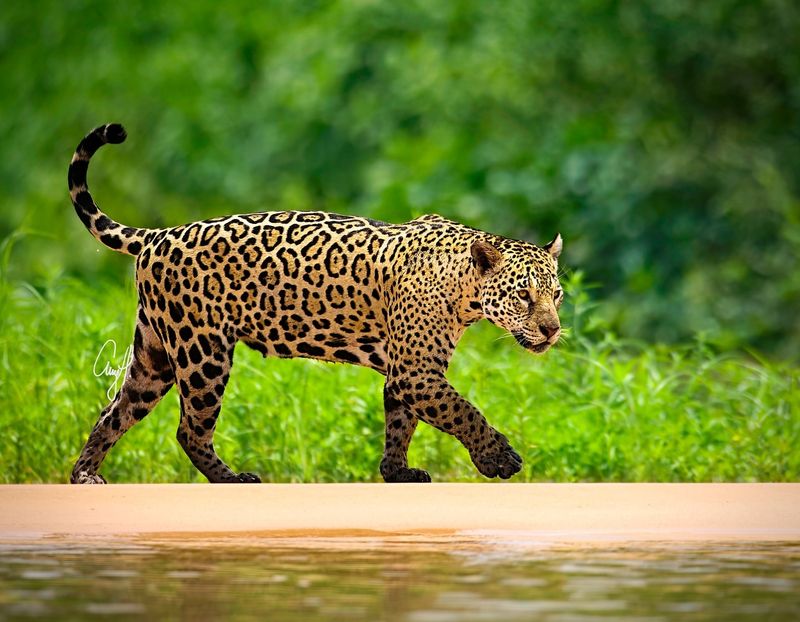
The Jaguar, with its powerful jaws and distinctive rosette-patterned coat, is a true master of camouflage. Roaming the dense rainforests of the Amazon, this big cat is both a skilled hunter and a master of stealth. Its ability to blend seamlessly with its surroundings is nothing short of extraordinary.
Jaguars are known for their strength, and their bite is renowned for being the most powerful of all big cats, capable of piercing the skulls of their prey. Fish, reptiles, and mammals all find themselves on the jaguar’s menu, as it uses its keen senses and agility to stalk and ambush its victims.
Despite their prowess, jaguars face numerous threats, including habitat destruction and poaching. These magnificent creatures play a vital role in maintaining the ecological balance of their habitats, making conservation efforts essential for their future. With their enigmatic presence and incredible adaptability, jaguars continue to captivate those lucky enough to witness them in the wild.
4. Snow Leopard
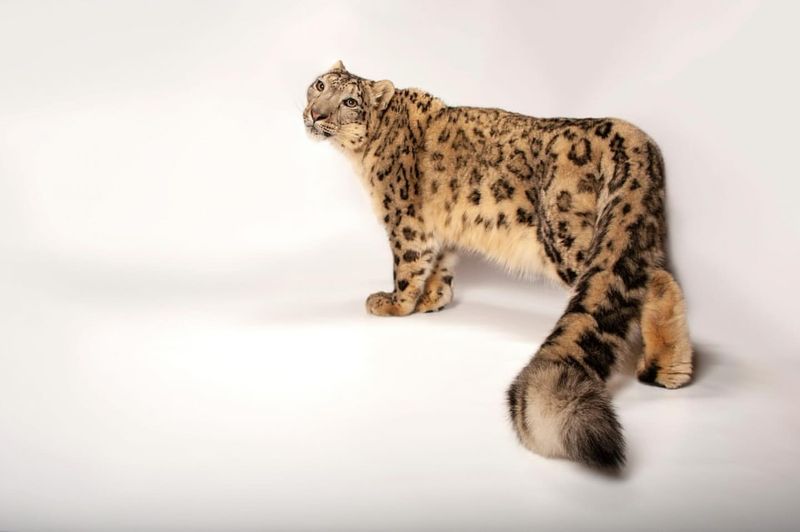
The elusive Snow Leopard is a true ghost of the mountains, navigating the rugged terrains of the Himalayas with remarkable ease. Its thick, spotted fur provides perfect camouflage against the rocky, snow-covered backdrop, making it a master of stealth.
Snow Leopards are solitary creatures, often traversing vast distances in search of prey. Their powerful hind legs enable them to leap great distances, a vital skill in the steep and treacherous landscapes they call home. With a diet primarily consisting of mountain goats and sheep, these cats are agile hunters, using their surroundings to their advantage.
Snow leopards are listed as vulnerable, facing threats from poaching and habitat loss. Conservationists are dedicated to preserving their habitats and mitigating human-wildlife conflicts to ensure their survival. The snow leopard’s ethereal presence continues to inspire awe and fascination, a true symbol of the wild and untamed mountains.
5. Cheetah
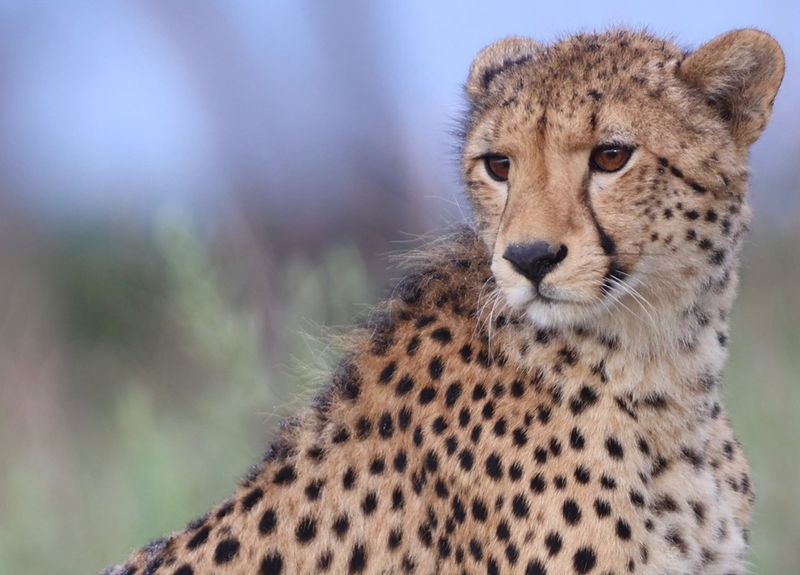
The Cheetah, known for its incredible speed, is the fastest land animal on Earth. With a slender, aerodynamic build and distinctive tear-streak facial markings, it is perfectly adapted for high-speed pursuits across the open plains of Africa.
Reaching speeds of up to 70 mph, the cheetah relies on explosive acceleration and agility to catch its prey, often targeting small to medium-sized ungulates. Its hunting technique is a breathtaking display of precision and timing, utilizing its keen eyesight to spot and chase down its target.
Despite their speed, cheetahs face many challenges, including habitat loss and competition with larger predators. Conservation efforts focus on protecting their habitats and ensuring genetic diversity. The cheetah’s sleek form and unmatched swiftness continue to captivate wildlife enthusiasts and highlight the wonders of evolution.
6. Leopard
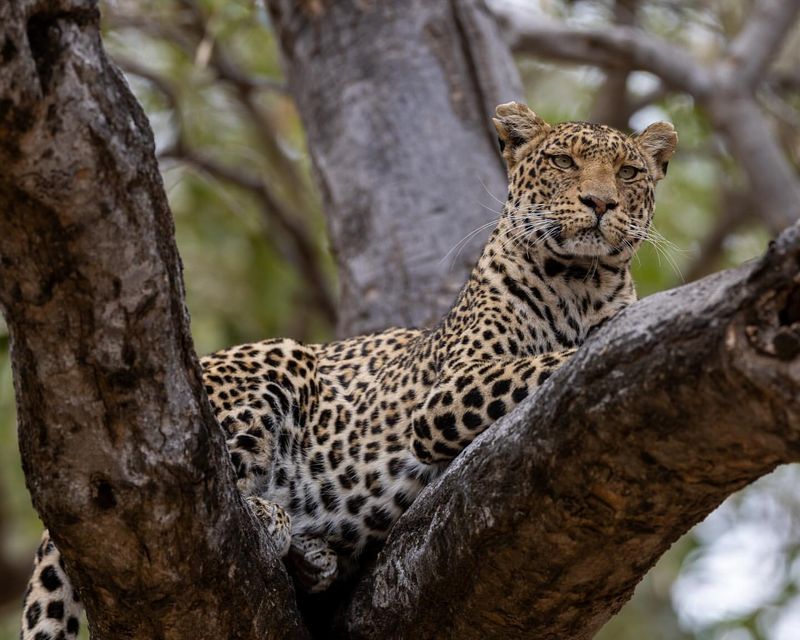
Leopards are the ultimate masters of disguise, known for their ability to adapt to a variety of environments. From the African savannas to the forests of India, these big cats blend seamlessly with their surroundings thanks to their spotted coats, which provide excellent camouflage.
Renowned for their strength and agility, leopards are adept climbers, often seen lounging in trees where they can survey their territory. Their solitary nature and opportunistic hunting strategies allow them to thrive in diverse habitats, preying on everything from small mammals to larger ungulates.
Leopards face threats from habitat fragmentation and human-wildlife conflict. Conservation initiatives are vital to ensure their survival and maintain the balance of their ecosystems. With their stealthy presence and mesmerizing beauty, leopards remain one of the most captivating creatures in the wild.
7. Puma
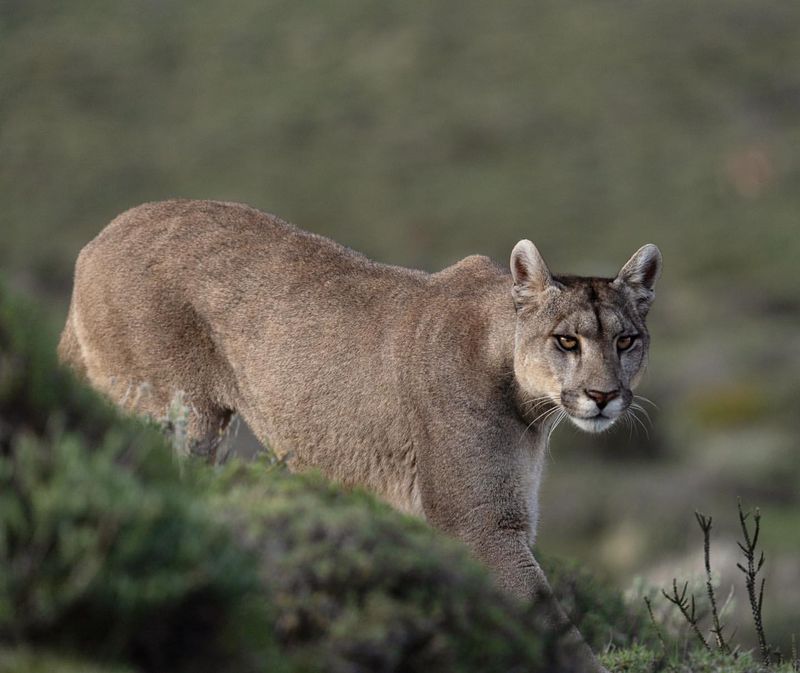
Pumas, also known as cougars or mountain lions, are among the most adaptable big cats, found across a range of habitats in the Americas. With a tawny coat that blends seamlessly with their environment, they are elusive hunters, employing stealth and agility to stalk their prey.
These solitary cats are highly territorial, often covering vast areas in search of food. Their diet is diverse, including deer, small mammals, and even livestock, which sometimes leads to conflicts with humans. Known for their powerful hind legs, pumas can leap great distances, an advantage in both hunting and evading threats.
Pumas face challenges from habitat encroachment and hunting. Conservation efforts aim to reduce human-wildlife conflicts and preserve their habitats. The puma’s mysterious allure and adaptability make it a fascinating subject of study and a true icon of the wild.
8. Clouded Leopard
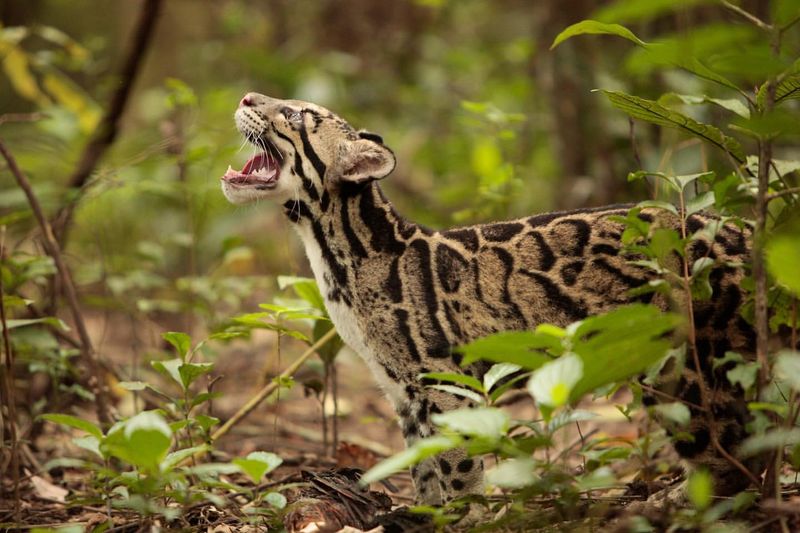
The Clouded Leopard, named for its unique cloud-like spots, is a true arboreal acrobat of the rainforest. Found in the dense jungles of Southeast Asia, this enigmatic feline is as elusive as it is beautiful, with a long tail and short, powerful limbs that make it an exceptional climber.
Clouded leopards are solitary and secretive, making them difficult to study in the wild. Their diet includes birds, monkeys, and small mammals, which they hunt with precision and stealth. Despite their relatively small size compared to other big cats, they possess impressively long canine teeth, aiding in their hunting endeavors.
These cats face numerous threats, including deforestation and poaching. Conservation efforts focus on habitat preservation and reducing human impact. The clouded leopard’s mysterious nature and stunning appearance continue to captivate wildlife enthusiasts, making it a symbol of the untouched wilderness.
9. Amur Leopard
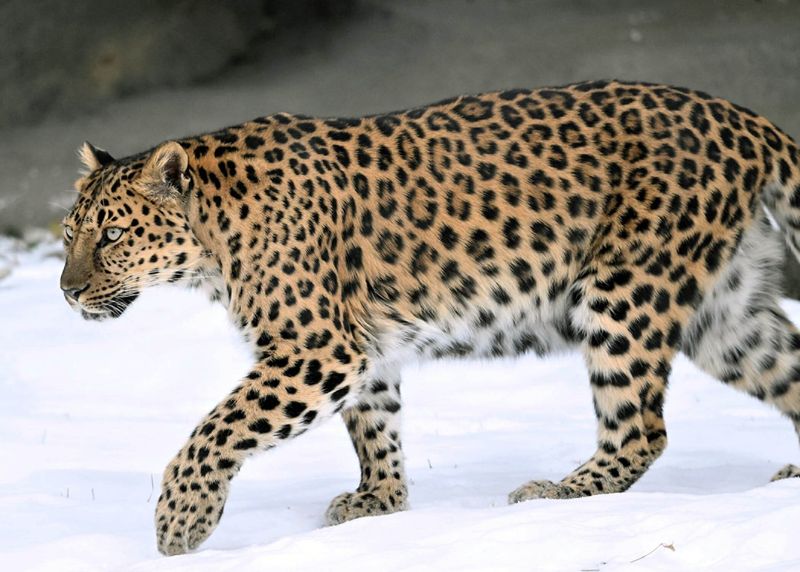
The Amur Leopard is one of the rarest big cats in the world, with a population estimated at fewer than 100 individuals in the wild. Native to the forested hills of Eastern Russia, these leopards are adapted to cold climates, sporting thick fur and a pale, rosette-patterned coat that blends with the snowy landscape.
Amur leopards are solitary and territorial, navigating rugged terrains in search of prey. Their diet mainly consists of deer and small mammals, which they hunt with incredible skill and patience. Despite their resilience, their low numbers make them highly vulnerable to extinction.
Conservationists are working tirelessly to protect the Amur leopard’s habitat and increase its population through breeding programs and anti-poaching efforts. The plight of the Amur leopard serves as a poignant reminder of the impact of human activities on wildlife, highlighting the urgent need for conservation action.
10. Sumatran Tiger
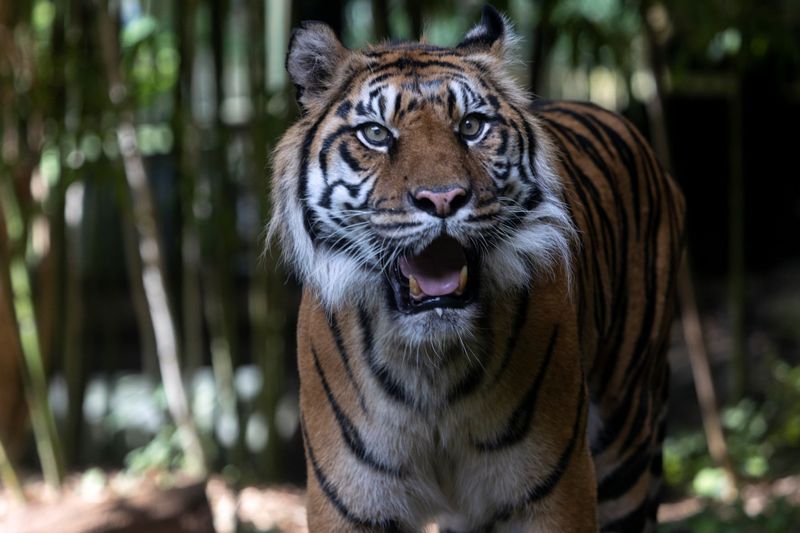
The Sumatran Tiger, native to the Indonesian island of Sumatra, is the smallest of the tiger subspecies but no less impressive. With a dark orange coat and closely spaced black stripes, it is perfectly adapted to its dense jungle environment.
Sumatran tigers are solitary and elusive, using their keen senses and agility to hunt a variety of prey, including deer, pigs, and even fish. Their smaller size compared to other tigers allows them to navigate the thick undergrowth with ease, making them efficient hunters.
Unfortunately, the Sumatran tiger is critically endangered, facing threats from habitat destruction and poaching. Conservationists are working to protect their habitats and increase their population through anti-poaching measures and breeding programs. The Sumatran tiger’s plight highlights the importance of preserving biodiversity and the unique ecosystems of our planet.
11. Asiatic Lion
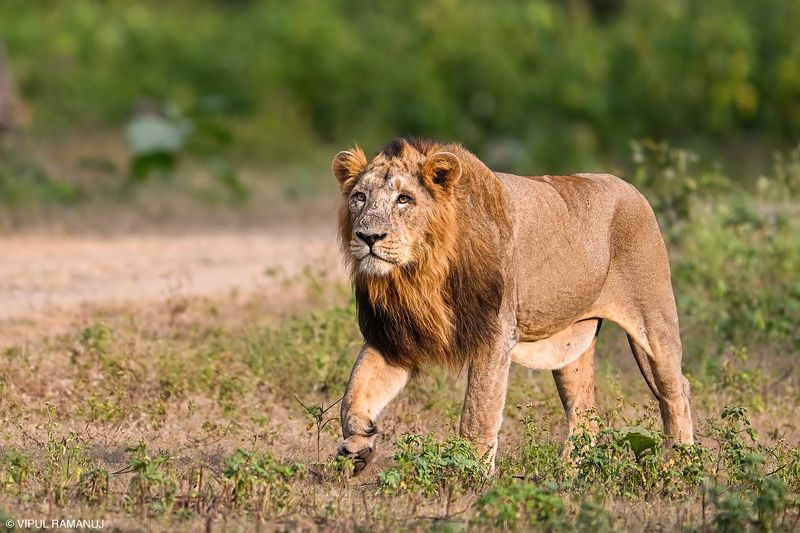
The Asiatic Lion, once widespread across Asia, now survives only in the Gir Forest of India. With its distinctive short mane and robust build, it differs from its African counterpart but shares the same regal presence and social behavior.
Living in prides, Asiatic lions work together to hunt and protect their territory, preying on deer, antelope, and wild boar. Their cooperative nature and strong social bonds are key to their survival, allowing them to thrive in the unique ecosystem of the Gir Forest.
Despite their protected status, Asiatic lions face ongoing threats from habitat encroachment and human-wildlife conflict. Conservation efforts focus on habitat restoration and mitigating conflicts to ensure their continued survival. The Asiatic lion’s resilience and majesty continue to inspire awe, serving as a symbol of the wild beauty of its homeland.

